All Blogs
How To Paint Your uPVC Doors, Windows and Cladding?
Table of Contents – An Overview
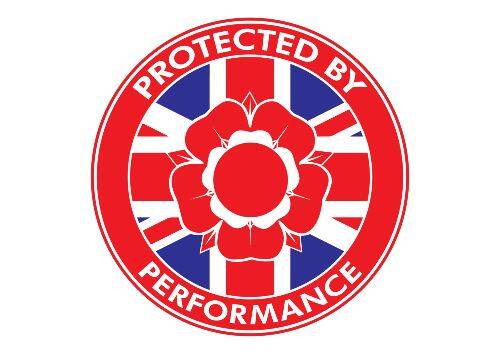
Time for a uPVC Spruce Up!
uPVC doors and windows are becoming popular for both homes and businesses worldwide. People prefer PVC for its durability and low maintenance. However, your uPVC door and windows may eventually fade. Or you may simply not like the colour. In that case, you might want to know how to paint your doors, windows and even cladding.
Painting your uPVC doors and windows can be easy when you choose the right products.
In this article, you will learn about painting uPVC doors and windows with the right products and tools. Before starting the painting job, you need to consider a few things about PVC doors and windows.
Can You Really Paint uPVC?
uPVC is a versatile material used for various purposes. It is a durable material for making furniture, door frames, and window frames. PVC is not the same as wood, steel or regular plastic. Hence, PVC types like uPVC and cPVC are difficult to paint. Nonetheless, you can paint your uPVC doors or windows following the proper steps.
Now, what makes painting on PVC difficult? The reason is uPVC has low surface energy. Most of the paints are water-based. Water has higher surface energy than PVC. Thus, the water-based paints slid off from the surface of the PVC.
In order to stick the paint on the PVC, you have to treat the uPVC surface.
Professional painters know how to paint PVC furniture, but people can also paint their own to save labour costs. For that, sand their surface well and apply primer. It will help the paint stick on the uPVC surface. In fact, you will find many paints suitable for PVC.
Why You May Need To Paint uPVC Doors and Windows?
Unplasticized polyvinyl chloride (uPVC) is a hard plastic material. It is now growing in popularity for making doors and windows for home and business buildings. These doors and windows are cheaper than wood and more durable. They have a high tolerance against moisture, pollution, rust, and mould.
Besides the lower cost and lower maintenance, uPVC doors and windows are available in beautiful colours like white, anthracite grey, mahogany brown, black and different shades of grey
The colour of uPVC doors and windows will last about 10 years, depending on how much they are exposed to the sun and harsh climate. The UV rays of the sun can affect the white or cream colour that eventually discolours them. Hence, you may want to repaint your uPVC doors or windows instead of replacing them.
Also, you may not like the colour of the uPVC doors and windows. Your house may go through some serious renovation and you want to match the colour of the doors and windows with the new colour of the wall.
So, it will be helpful if you know how to paint your uPVC furniture. You can save on the cost of hiring professionals. However, it is better to let the professionals handle the task if you do not have much experience in painting.
Painting your uPVC doors and windows can make them look new and bring some colour to your house. Thus, you can increase the appeal of your house to your visitors.
What Type of Paint Can Be Used on uPVC?
Many people just choose any paint and brush to repaint their uPVC furniture. It is one of the biggest mistakes you can make. Not all paints are suitable for painting PVC. Paints unsuitable not for PVC can cause more harm than good to your doors and windows. You will need specially prepared paints.
Regular paints are hard to apply on the surface of the uPVC doors and windows. Not only that, they will eventually flake under the heat of the sun and rain. As a result, the doors and windows will get damaged and may not last long as they should.
Thus, the paints peel off the protective layer of uPVC doors and windows along with them. Hence, you have to prepare your doors and windows as well as the paint before painting.
It is essential to choose paint that will adhere to the surface of PVC. Fortunately, you will also find colour paints for PVC in the market. These paints stick to uPVC and do not flake like regular paints when your doors and windows go through thermal expansion.
Choose paints that have UV ray protection for uPVC doors and windows used outdoors. Also, high-quality paints protect uPVC from moisture and humidity. These paints will provide extra protection, making sure your furniture lasts longer.
Things to Consider before Painting on uPVC
You should repaint your uPVC doors and windows when it is strictly necessary. People often make mistakes during the process that causes damage to their uPVC furniture. You need to be careful even before painting.
So, here are some tips you must keep in mind before painting uPVC
- Wait till your uPVC door or windows are over 12 months old. Resin is used to make uPVC furniture which continues to secrete for the first 12 months. Hence, it is difficult for any paint to adhere to the surface of the doors and windows.
- Many PVC doors and windows are not made with repainting or varnishing in mind. Thus, you should know how to prepare the surface of the uPVC doors and windows so that the paint sticks.
- It is better to choose a colour paint that can adjust to thermal expansion even for indoor doors or windows that are not exposed to direct light. The seasonal changes and temperature changes can affect indoor uPVC furniture as well.
- You may not be aware of this, but the manufacturer of your uPVC doors or windows has a warranty time for the products. Your warranty claim is invalid once you repaint the uPVC. Thus, you must be sure about painting doors and windows.
- Always choose a dry and comfortable day to work on your uPVC projects. It should not be under direct sunlight or rain. Avoid working on rainy or windy days as the wind can blow water and dirt onto the surface of doors and windows.
- Do your paint job on a dry day. Too hot or windy, your paint will dry too soon. Then on rainy days, it will be hard to dry the paint.
- Use a high-quality brush to apply thin layers of paint.
- Let a layer of paint dry first before applying another one.
- When the door or window is finally dry, peel off the masking tape slowly.
- Reinstall the doors or windows carefully, ensuring the paint does not get scratched.
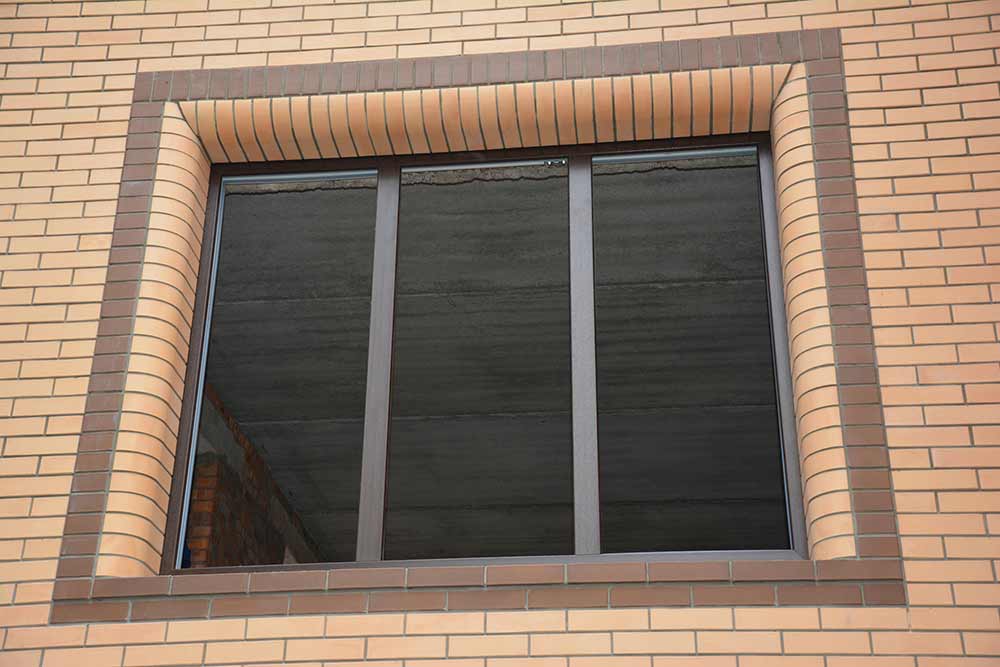
How To Paint All Things uPVC
If you are sure you want to paint your doors and windows, then it is time for you to learn the proper way of painting uPVC. Here is what you will do:
Step 1: Collect painting products and other items for painting
The first step is to gather the items you will need to paint your uPVC windows and doors. The things you will need are:
- uPVC friendly paint
- warm water with mild soap or detergent
- sponge or cloth
- primer
- sandpapers
- a cleaning brush
- paint brush
- scotch / masking tape
- Newspaper
You will also need to gather protective gear for yourself. The paints contain many chemicals that can cause allergic reactions or irritation. Thus, you should wear masks, gloves, or eye protection.
Step 2: Prepare for the Painting
Take all the necessary steps of preparation for the painting process. Remove the door or window frame from the wall if possible. You will need fresh air to dry your windows and doors after painting.
Choose a clean place or location. Then cover the ground or any other furniture to protect it from the paint. Your safety should be your priority. So, you better wear masks, hand gloves, or goggles to protect yourself from the harmful chemicals of the paint.
Step 3: Remove knobs, hooks, locks, or other features from the door and window
You want to paint the surface of the uPVC door or windows with no obstructions. Besides, the metal parts of the doors or windows may get affected by the paint and soapy water treatment. So, always remove the knobs, handles, hooks, or any metal parts.
Step 4: Clean and dry the doors and windows
Once you remove the metal parts, it is time to clean your uPVC doors and windows. Cleaning is crucial, as the paint will not adhere to the surface properly if there is dirt and grime.
Mix mild soap or detergent with water to create the cleaning solution. Avoid using harsh cleaning solutions because they can harm the protective layer of the uPVC.
Apply the cleaning solution to your door or window with a spray bottle. Make sure to get all the dirt and grime in every nook and corner. Then use a sponge or cloth to rub off the surface of the door or window.
When you are happy with the cleaning, you can dry the uPVC with a cloth or kitchen towel. Then leave it in the open air to let it thoroughly dry.
Step 5: Sand the Surface of the uPVC door or window
The surface of uPVC is not suitable enough for primer or paints to stay adhered to the surface. So, to scratch the surface a bit, use medium grade sandpaper. Sanding the uPVC will make it rough, which is necessary for the primer to stick.
Do not use too much force while rubbing. Otherwise, you might cause damage to the door or window.
After sanding the surface, use a cleaning brush to dry clean the accumulated dust from the PVC door or window.
Step 6: Cover the Glass of the Window or Door
Cover the window glass or door glass with old newspapers and then seal around with masking tape or washi tape. Make sure the primer or the paint does not seep into the glass. Masking the glass will protect them from getting scratched and stained.
Step 7: Prime the doors and windows
You have to choose a primer that adheres to plastic or PVC. If your primer is thin, you will need two coats of primer on the uPVC surface. But you will also find thick primers which can only be applied once. Let the primer dry on the uPVC surface for about a day.
When the primer dries, it will become matt. The slippery and glossy feel of the PVC will be covered with a rough coating. Thus, the paint will easily adhere to the surface of your uPVC door or windows.
Step 8: Paint the doors and windows
The next day, when the primer fully dries, it is time for painting your project. Many manufacturers produce paints that adhere to a plastic surface. Some of them do not even need to be primed.
However, you may choose one that requires priming. In that case, you will start applying the paint over the rough primer so that the paint sticks to the uPVC door or window. To get the best effects, you will have to apply multiple thin layers of paint. Use a high-quality paintbrush or roller to apply the paint.
If you are using non-glossy paint, the brush marks will be visible. You can use it to your own advantage. The paint will allow you to give your uPVC doors and windows the effect of wood.
For that, apply the paint in one direction to give it a wooden look. Use a thin paintbrush to reach the corners and small spots. The first layer of the painting may not look so appealing. But you can fix that with your next layer of paint.
Finally, let your uPVC doors and windows dry naturally. Keep your children and pets away from the painted furniture so that the paint does not get spoiled. The next day you will find your freshly painted uPVC doors and windows looking good as new.
Cladding Paint
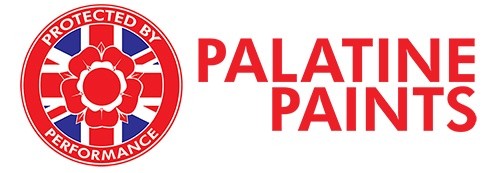
UPVC & Plastic Cladding Paint is fast drying and has superb adhesion and flexibility on most plastic and UPVC surfaces.
Can be applied to weathered and worn UPVC and cladding to refresh your property. Spruce up your property with Anthracite Grey UPVC cladding.
- UPVC Cladding
- UPVC Doors & Windows
- Plastic Downpipes
- Guttering
- Volume: 4.4L
Conclusion
By now, you must have learned how to paint your doors & windows. Painting uPVC doors and windows is just like any painting project. But it is the type of primer and paints you use for the painting that matters.
You must choose the right paint that adheres to PVC.
Palatine Paints have been manufacturing paints for over 75 years and have a dedicated technical and sales team to answer any questions you may have, about any number of our product ranges.
If you have any questions on the products we’ve listed here, our dedicated sales and/or technical team are here to help.
Email: [email protected]
Call Us: 01942 884 122

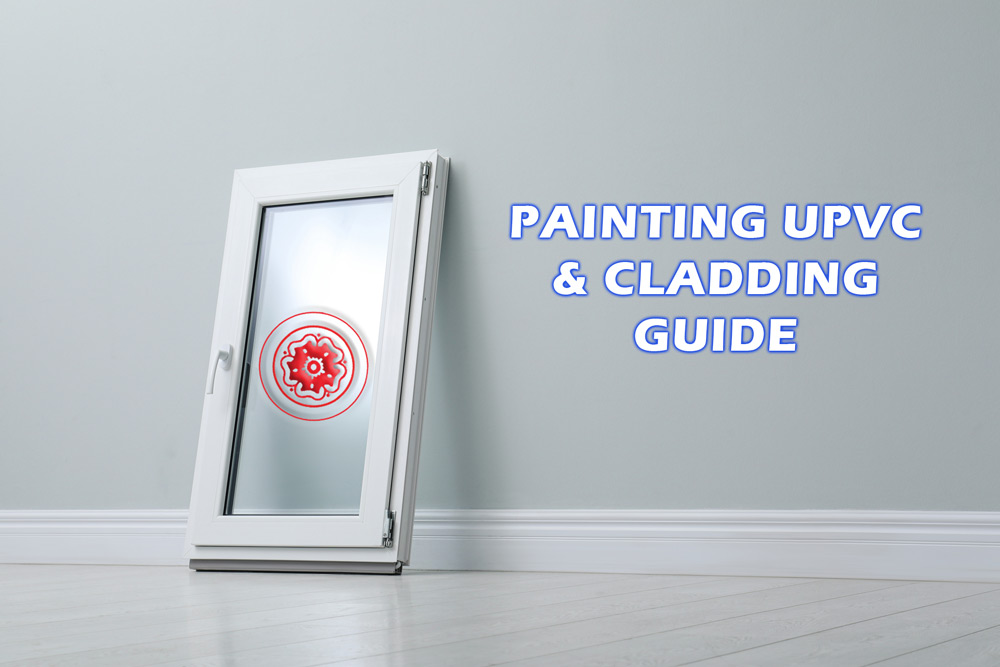
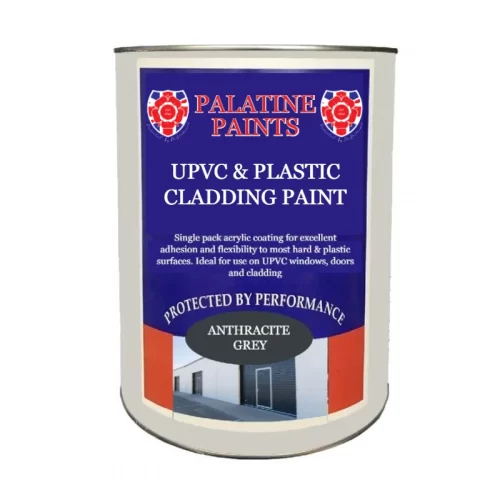
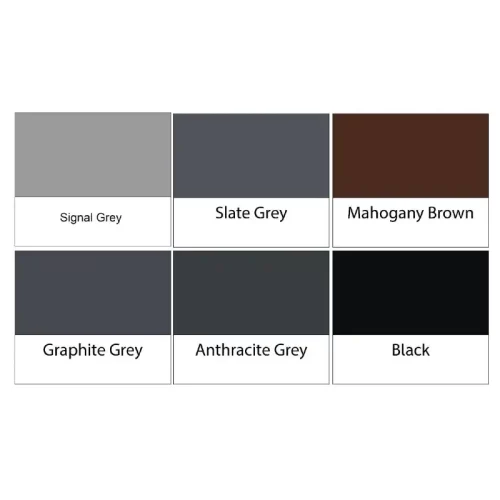

thanks for the info, we’ve decided to do this vs change our windows. We’ve got 2 uPVC patio doors and 4 large windows that we want done in a grey colour how many tins of the product shown here do you think we would need?